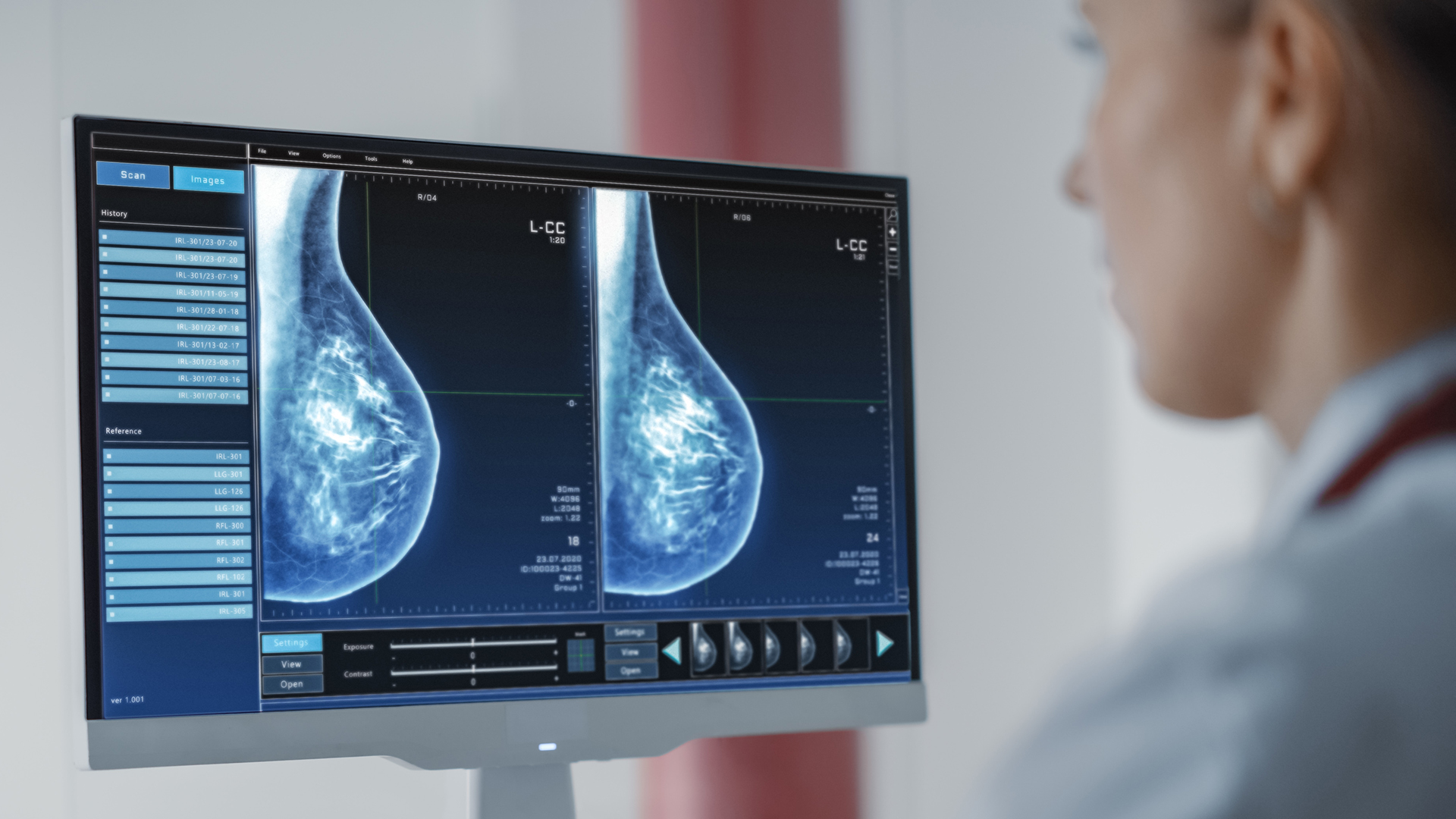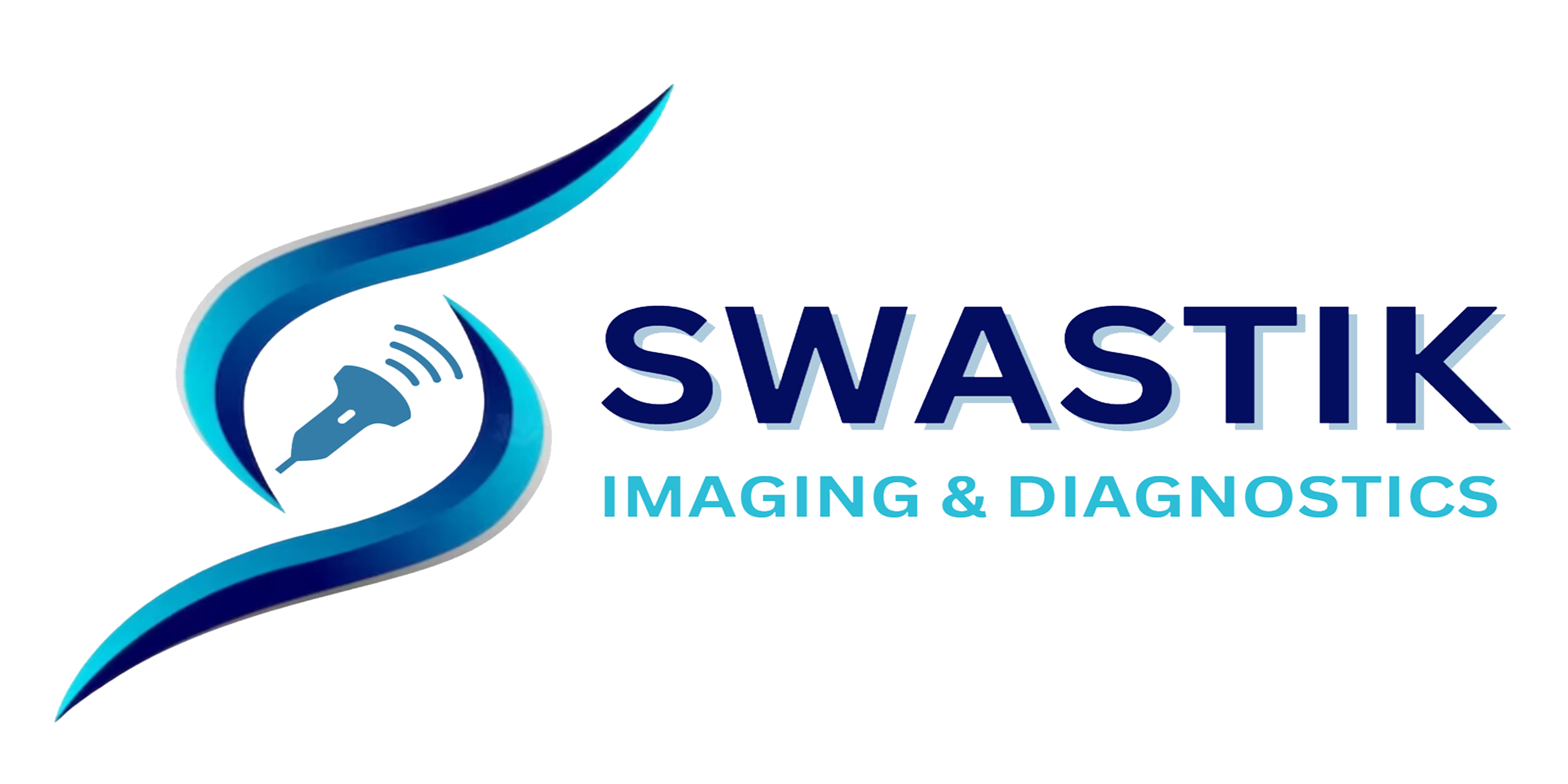Automated Breast Cancer Detection

Automated breast cancer detection refers to the use of artificial intelligence (AI) and machine learning algorithms to analyze medical images, such as mammograms, with the goal of identifying suspicious lesions or abnormalities indicative of breast cancer. Here’s how automated breast cancer detection works and its key aspects:
- Image Analysis: Automated breast cancer detection systems utilize advanced image processing algorithms to analyze mammographic images for signs of abnormalities, such as masses, calcifications, asymmetries, or architectural distortions. These algorithms are trained on large datasets of annotated mammograms to learn patterns associated with both normal and abnormal breast tissue.
- Computer-Aided Detection (CAD): Computer-aided detection (CAD) systems assist radiologists in identifying areas of interest within mammograms that may warrant further evaluation. CAD algorithms automatically highlight suspicious regions or lesions on mammographic images, serving as a second reader to aid radiologists in their interpretation and increasing the likelihood of detecting early-stage breast cancer.
- Deep Learning and Convolutional Neural Networks (CNNs): Deep learning techniques, particularly convolutional neural networks (CNNs), have shown remarkable success in automated breast cancer detection. CNNs can learn hierarchical representations of image features and patterns, enabling them to identify subtle abnormalities and distinguish between benign and malignant lesions with high accuracy.
- Integration with Clinical Workflows: Automated breast cancer detection systems seamlessly integrate into radiology workflows, allowing radiologists to review CAD-generated findings alongside their own interpretations of mammograms. CAD systems provide radiologists with additional information and insights to aid in decision-making, ultimately improving diagnostic accuracy and patient outcomes.
- False Positive Reduction: One of the primary goals of automated breast cancer detection is to reduce false positive findings, which can lead to unnecessary patient anxiety, additional imaging tests, and invasive procedures. By leveraging machine learning algorithms, automated detection systems can help radiologists prioritize suspicious lesions for further evaluation while minimizing false alarms caused by benign findings.
- Risk Assessment and Stratification: Automated breast cancer detection systems can also integrate patient-specific risk factors, such as age, family history, breast density, and genetic predisposition, into their algorithms to provide personalized risk assessments and stratify patients based on their likelihood of developing breast cancer. This enables healthcare providers to tailor screening and surveillance protocols to individual patient needs.
- Continuous Learning and Improvement: Automated breast cancer detection systems undergo continual learning and improvement through feedback mechanisms and updates based on new data and research findings. As more mammographic images become available for analysis and as algorithms are refined and optimized, the performance and accuracy of automated detection systems are expected to further improve over time.
In conclusion, automated breast cancer detection represents a promising advancement in medical imaging technology, offering the potential to enhance early detection, improve diagnostic accuracy, and ultimately save lives by facilitating timely intervention and treatment for patients with breast cancer. As AI algorithms continue to evolve and as research in this field progresses, automated breast cancer detection is poised to play an increasingly important role in breast cancer screening, diagnosis, and management.
